Does it feel like the importance of customer service and customer experience is changing for the worse in today’s business environment?
To me, it certainly feels that way and yesterday, I experienced this personally with both HSBC and HMRC, so I wanted to look at and try to understand the intricate relationships that are going on.
With the digitisation and continued integration of artificial intelligence (AI), the fallout of the COVID-19 pandemic (including the demand for continued home working), the cost of living and energy crisis emphasising the ongoing pursuit of business cost reduction and an evolution of consumer buying patterns, a critical question emerges:
Are all of these factors (amongst others) resulting in a monumental business shift away from customer-driven experiences and focus?
Let’s start to break this down…..
The Rise of the Chatbot in Customer Service

The use of Artificial Intelligence has been pivotal to the modernisation of customer service systems. In business, chatbots can provide quick responses to generic customers’ questions, while virtual assistants remain available to maintain continuity. It is clear that these benefits lead to more efficient communication and faster reactions.
There is an enduring feeling that integrating AI might mean forfeiting the element of professionalism and personalised quality treatment customers demand. The frustrating thing about Chatbots is the way that they are implemented. For generic customer queries which would normally be covered by an FAQ, Chatbots are perfect. They free up time for agents, preventing them from dealing with the mundane, simple queries.
However, when the query is more challenging, Chatbots can end up causing the end-user more stress than the business simply providing a phone number to speak to a human (where have those customer service phone numbers gone??!).
Depending on the technical implementation and proposed interactions with the customer, using a ChatBot should not mean that you can give up on providing a human service altogether.
The Fallout from COVID

Everyone suffered in many ways during the COVID-19 pandemic but it did lead to an increase in speed of digitisation in customer services. Social distancing coupled with lockdowns forced more people to transact online and engage remotely, putting pressure on many firms to adopt rapidly.
Digital communications and automated systems became the saving grace during this period especially because it accentuated the value of having human connection. Consumer-related aspects of this challenge have been around since the beginning stages of the pandemic but still continue to reshape customer experience and service strategies, stressing on agile and hybrid approaches that encompass both technological and human touches.
Given that there is still a resistance for employees to return to work, is this being used as an excuse to provide reduced levels of service? Perhaps they just can’t get the right staff (giving benefit of the doubt!)
Regardless, if there is a customer service number, you usually get the message stating that they are receiving high demand of calls and that it will take time to answer, but is this really due to the fact that there either aren’t as many call centre employees or that productivity is much reduced when call centres operate remotely?
Business Cost Reduction vs. Customer Satisfaction
The previous point provides a nice segway to point out that Customer Service and to an extent, Customer Experience is clearly not immune when pursuing operational efficiency measures that may involve cutting down costs.
The difficulty is to reduce outgoings while simultaneously ensuring that consumers are satisfied. So it appears business have no choice but to re-evaluate on which automation can provide value without compromising the quality of interaction with the customers. Achieving such kind of fine line demands meticulous planning taking into account, for example, what is economical vis-à-vis loyalty retaining.
Generational Challenges and the Frustration of End-Users

I was talking at a Chartered Associate of Business Schools symposium recently and the point was made that there are 4-5 generations now in the work place, the largest that has ever been and this should not be overlooked from a wider consumer point of view.
Businesses are forcing people who have little technology experience or desire to use it, down paths that they are perhaps not comfortable with. This leads to conflict between end-users and businesses, particularly when the technology that they are trying to use, is not very well implemented. This adds friction to an already stressful situation. Even those who have got good technical experience can find the best intended technology causes a huge amount of unnecessary pain.
Striking the Right Balance
Customer service and the provision of a great customer experience faces a delicate balance as businesses try to navigate the evolving technological and economical climate. While current technical advancements offer efficiency and potential cost savings, there is a real risk of alienating end-users by relying too heavily on automation. The way forward involves intelligent deployment of technology and by placing people at the heart of business rather than treating them as digital entities.
By adopting AI tools that supplement human abilities, companies can achieve a seamless amalgamation of automation with individualisation. This approach respects the fundamental values that constitute the basis of customer-oriented business and ensures that technology is employed to meet future customer needs while retaining the unique relationship between business employees and customers.
I would love to hear your thoughts on this, and in particular, where you see a very well implemented CX (as there are definitely companies that work hard to do this well!)
Until next time…..








